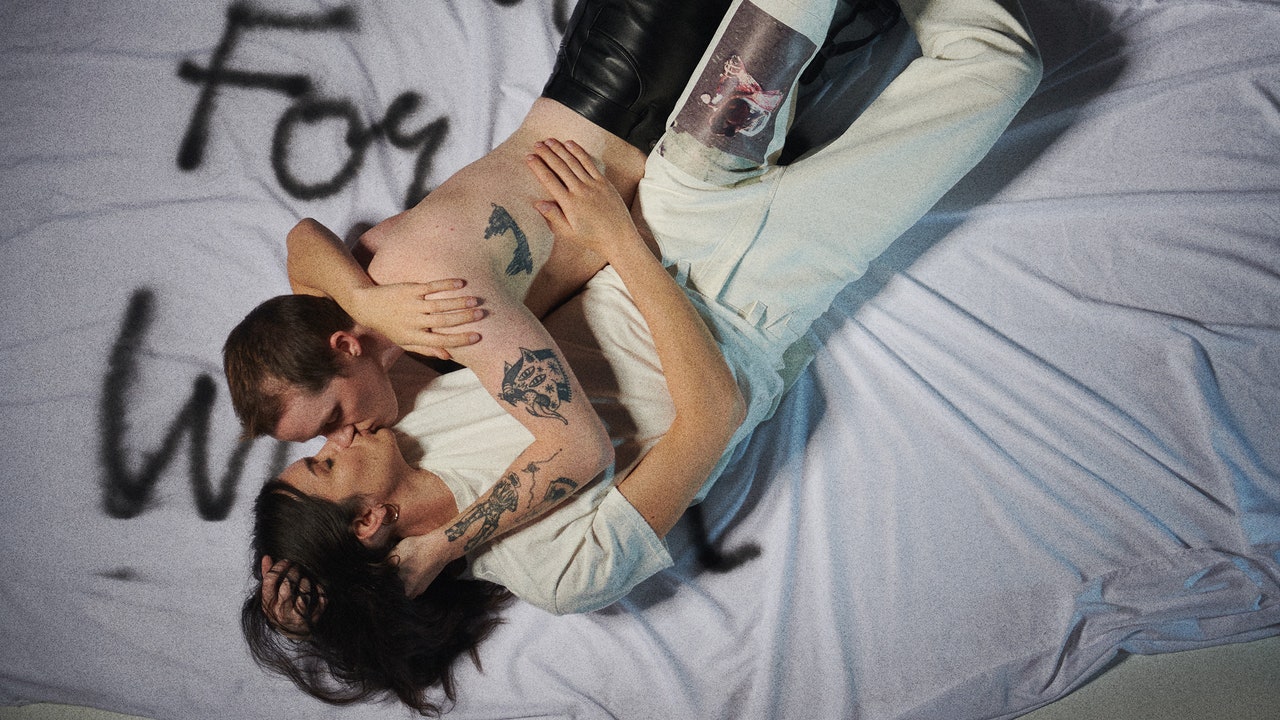
Baltrop, who died of cancer in 2004, didn’t find fame or wealth during his lifetime, despite the fact that his work was often referenced by his white counterparts (Baltrop was Black). “He is such a wonderful documentarian of a specific time during which being gay was really radical,” Altuzarra said of the photographer’s work. “What is special about his work is that, to me, it’s really about love and intimacy, and the fact that gay men had to go to the fringes of the city to look for love and real connection, to find moments of tenderness and intimacy and sex. That felt salient and relevant to talk about today,” he adds. Despite more acceptance, Grindr, Scruff, and other apps are prevalent in the gay community, as is cruising. Some things may have changed, but the search for intimacy within spaces that are purely our own, has not.
Altuzarra is fascinated by how gay iconography and tropes are expressed in art, both their satirization (like say, Tom of Finland’s work) and documentation (Baltrop’s or Hujar’s), and Altu straddles the same divide in popular culture. Take Troye Sivan at the 2021 Met Gala in a black Altu dress, styled by Mel Ottenberg with a leather arm band (bought at The Leather Man, a popular leather fetish store in Manhattan). Two viral photos of Sivan in the dress circled the internet days after he wore it, entering the internet’s canon of gay iconography: The first was a mirror selfie of him an Ottenberg, which folks jokingly utilized as an example of the “twink” and “daddy” gay tropes; and the second was an image of the pop star standing in front of a urinal, back turned against the camera, taken by the Olympian Tom Daley on Rihanna’s request (yes, actually).








